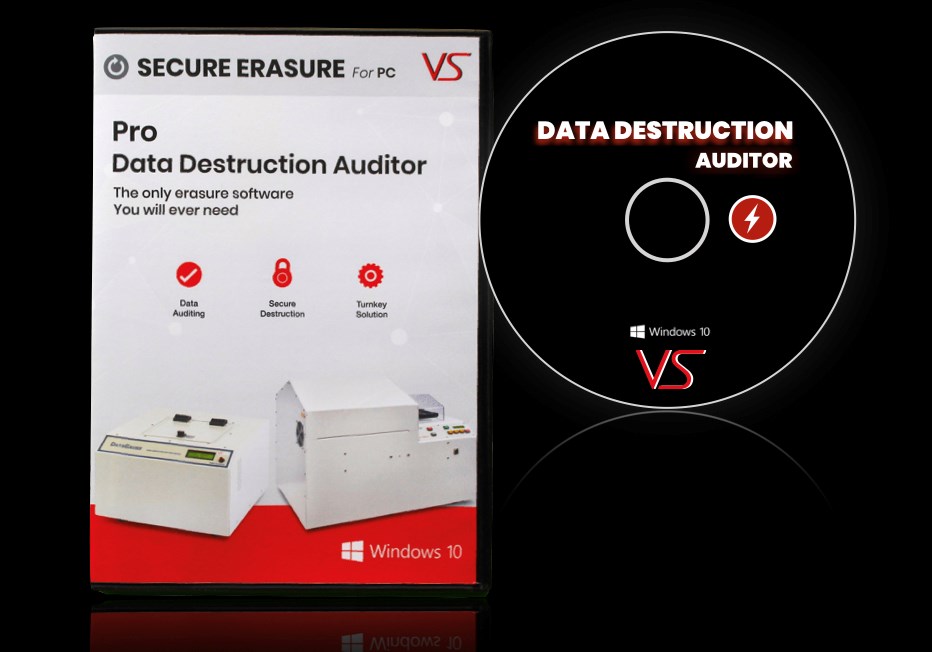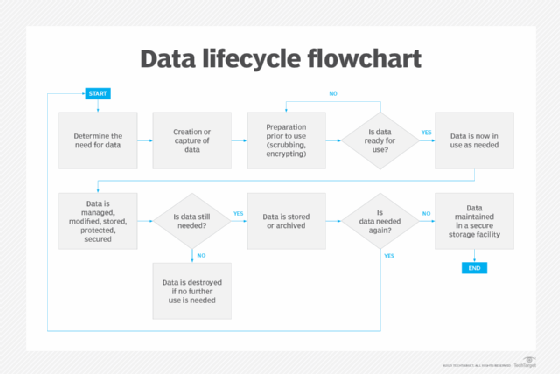Data Destruction Solutions: A Crucial Element in Your Cyber Security Method
Data Destruction Solutions: A Crucial Element in Your Cyber Security Method
Blog Article
The Importance of Effective Data Damage Practices in Shielding Sensitive Details and Ensuring Computer System Protection
In an era where data violations are increasingly common, the relevance of effective information devastation techniques can not be overemphasized. Organizations face significant risks when sensitive details is improperly thrown away, possibly bring about unapproved access and severe financial effects. Applying robust information devastation techniques not only minimizes these dangers yet likewise aligns with lawful conformity demands, guaranteeing that organizations copyright their reputation and foster customer count on. However, the question stays: what details methods can be utilized to boost these methods, and how can companies properly integrate them into their total cybersecurity framework?
Comprehending Information Devastation
Understanding data destruction is crucial in today's digital landscape, where delicate information can easily be jeopardized. Efficient information destruction involves not simply erasing documents yet guaranteeing that data is irretrievable through extensive techniques. This procedure is crucial for organizations that manage private client info, copyright, or inner records, as any kind of violation can lead to extreme economic and reputational consequences.
Information devastation includes different techniques, including shredding physical media, degaussing magnetic storage space tools, and utilizing software-based services that overwrite data multiple times. Each method offers a details function and should align with the level of sensitivity of the details being taken care of. For instance, physical damage is typically preferred for hard disk drives having very private data, while software program techniques may suffice for much less sensitive information.
Furthermore, sticking to industry criteria and policies, such as the General Information Protection Guideline (GDPR) or the Medical Insurance Mobility and Responsibility Act (HIPAA), is critical for compliance and to minimize legal dangers. Organizations has to develop a robust information devastation policy, train workers on ideal practices, and on a regular basis audit their procedures to make sure that all delicate information is gotten rid of firmly and efficiently.
Dangers of Inadequate Practices
Insufficient information destruction practices expose organizations to substantial risks that can have far-reaching consequences. When sensitive details is not effectively dealt with, it continues to be vulnerable to unauthorized access, which can result in information violations and identification burglary. Such cases not just endanger the protection of people yet additionally stain the company's reputation, resulting in a loss of customer trust and potential financial consequences.
Additionally, regulative compliance is increasingly strict in many industries. Failing to follow information damage laws can cause large fines and lawsuits against organizations. These fines can stress financial resources and draw away attention from core business procedures.
Furthermore, the misuse of recurring information can cause copyright theft or company espionage, jeopardizing affordable advantages (data destruction). The impact of inadequate data damage extends past instant financial losses; it can also cause long-lasting damage to brand name honesty and market position

Organizations must identify that information security is not only about protecting against breaches; it additionally encompasses the liable management of information throughout its lifecycle. Ignoring effective data devastation protocols can have disastrous implications, highlighting the need for robust browse around this web-site procedures to minimize these dangers.
Ideal Practices for Data Damage
Applying effective information destruction methods is important for guarding sensitive details and keeping compliance with regulative standards. Organizations ought to embrace a multi-faceted strategy to guarantee that information is irretrievable, thereby preventing unauthorized access and prospective violations.
First, information need to be classified based upon sensitivity, allowing organizations to apply proper damage approaches customized to the degree of threat. For digital information, making use of software-based data-wiping tools that follow market criteria can properly overwrite existing information. Physical devastation approaches, such as shredding or degaussing, are essential for gadgets that store sensitive information, guaranteeing complete eradication.
Establishing a clear data retention visit plan is essential, describing just how long various kinds of info ought to be kept before damage. Routine audits of data storage systems are additionally needed to determine out-of-date or unnecessary information needing removal.
In addition, training staff members on the value of data destruction and the certain methods to comply with fosters a culture of safety and security within the organization. Preserving documentation of information damage processes gives responsibility and sustains compliance with external laws and internal policies. By sticking to these best methods, companies can substantially mitigate the dangers connected with data direct exposure.
Legal and Compliance Considerations

Failing to abide by these regulations can result in severe penalties, including substantial fines and reputational damage. Organizations should implement a durable data devastation policy that aligns with these legal frameworks and provides find more clear guidelines on the correct methods of data disposal, whether physical shredding or digital wiping.
Moreover, maintaining documentation of information devastation tasks is crucial for demonstrating compliance throughout audits or inspections. By focusing on lawful and compliance considerations, organizations can enhance their data security pose and foster depend on with customers and stakeholders, eventually adding to an extra safe and secure information monitoring setting.
Benefits of Effective Information Devastation
Efficient data destruction methods prolong past simple compliance; they use substantial benefits to companies that prioritize them. By making certain that sensitive information is irretrievably damaged, companies minimize the danger of data violations and the potential financial consequences associated with them. This aggressive method not just safeguards against unapproved gain access to but additionally enhances the total credibility of the company in the eyes of stakeholders and customers.
Executing durable data damage methods, such as physical damage of storage gadgets or innovative data cleaning techniques, adds to the fortifying of a company's cybersecurity posture. data destruction. It minimizes the possibility of copyright theft and safeguards exclusive details, thus keeping a competitive edge out there

Conclusion
In verdict, reliable information damage methods are important for protecting sensitive info and improving total computer system security. Ultimately, a commitment to robust information damage methods promotes a culture of obligation, thus enhancing an organization's cybersecurity posture and maintaining customer trust.

Report this page